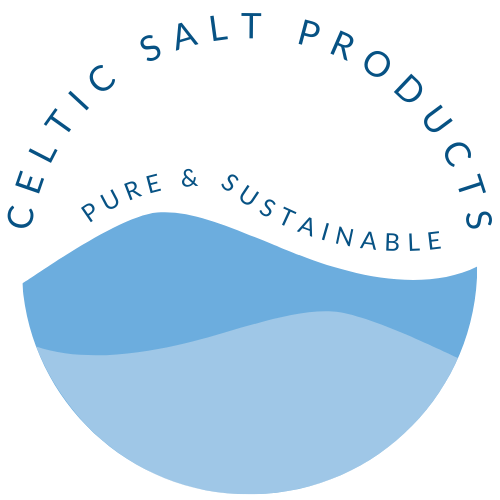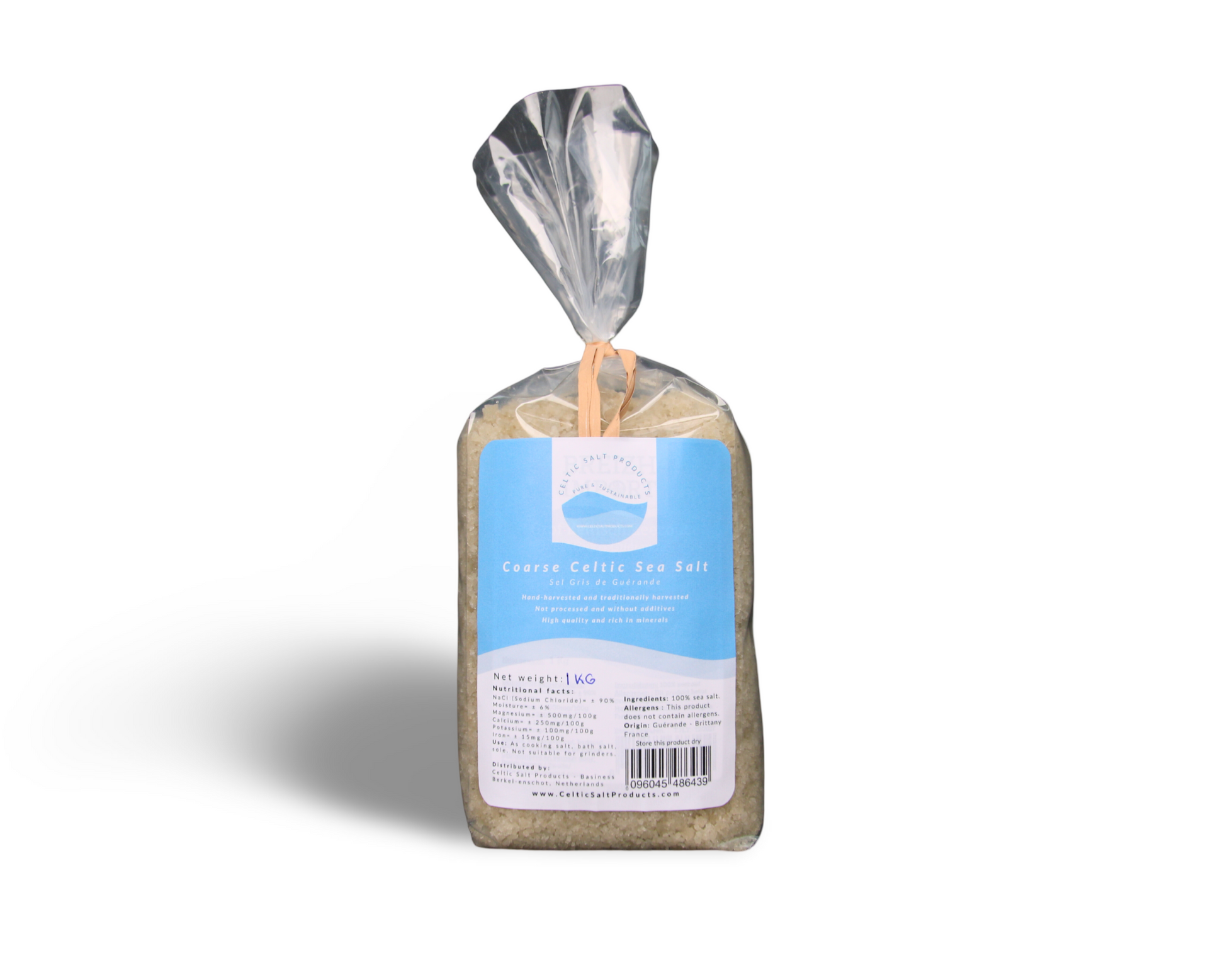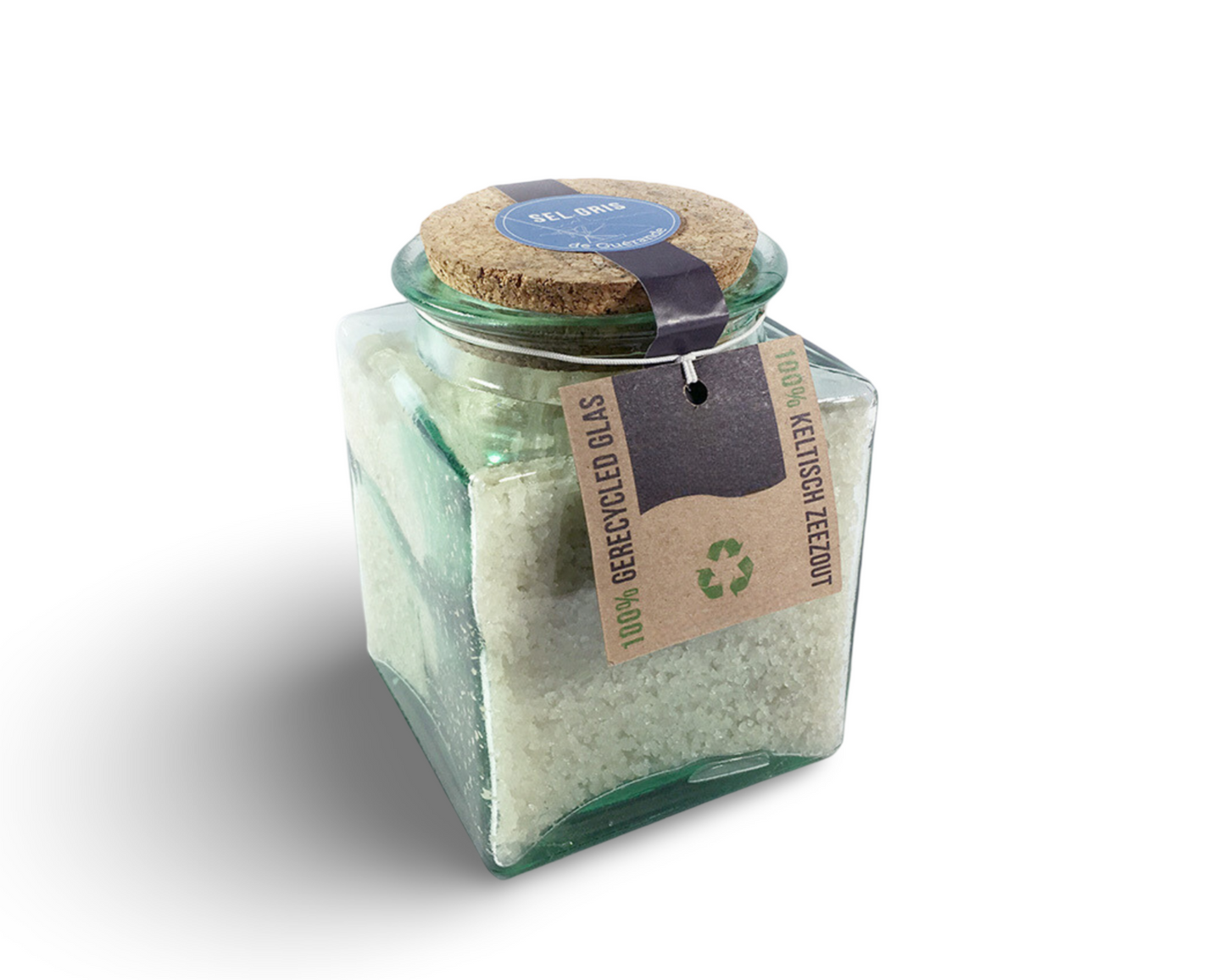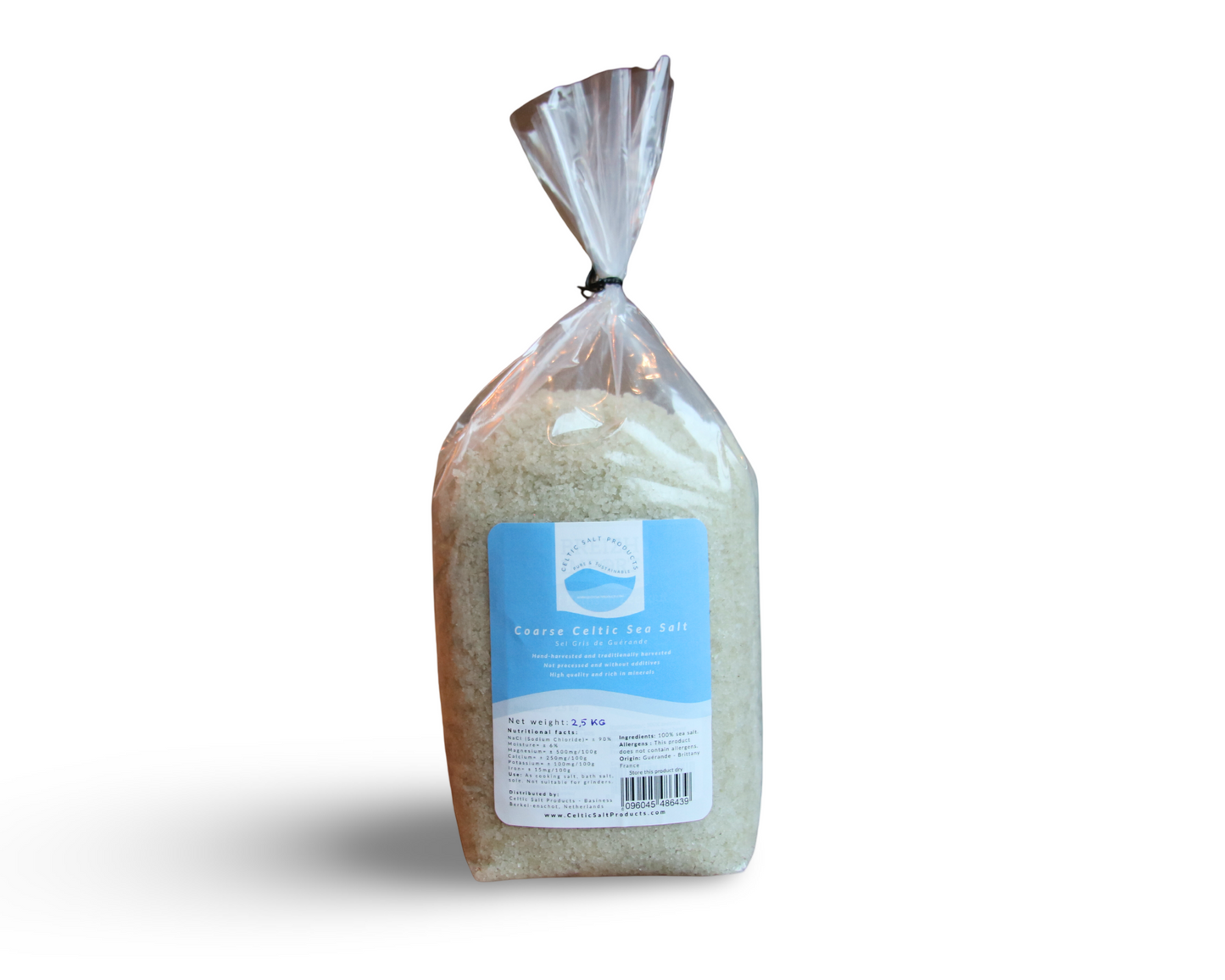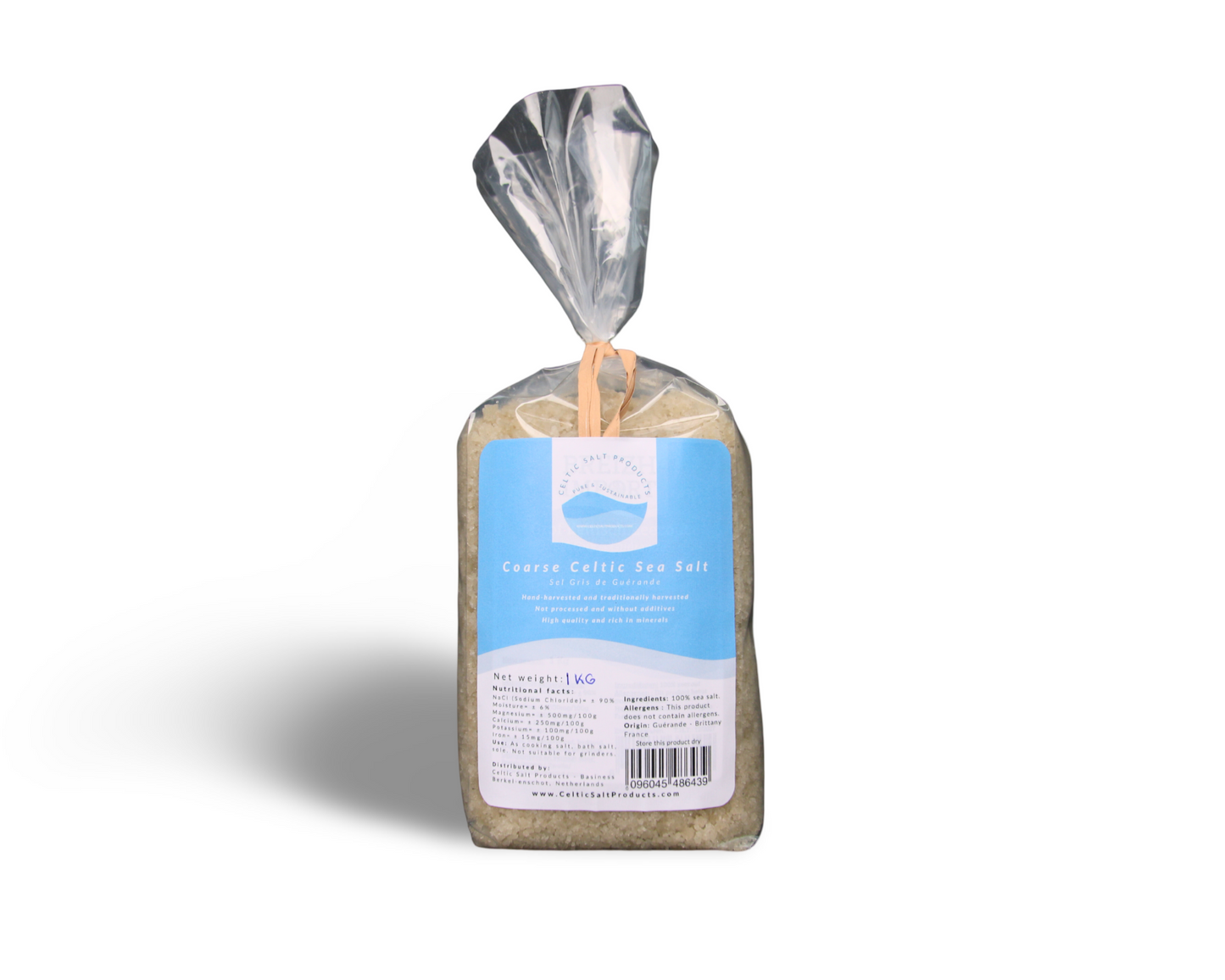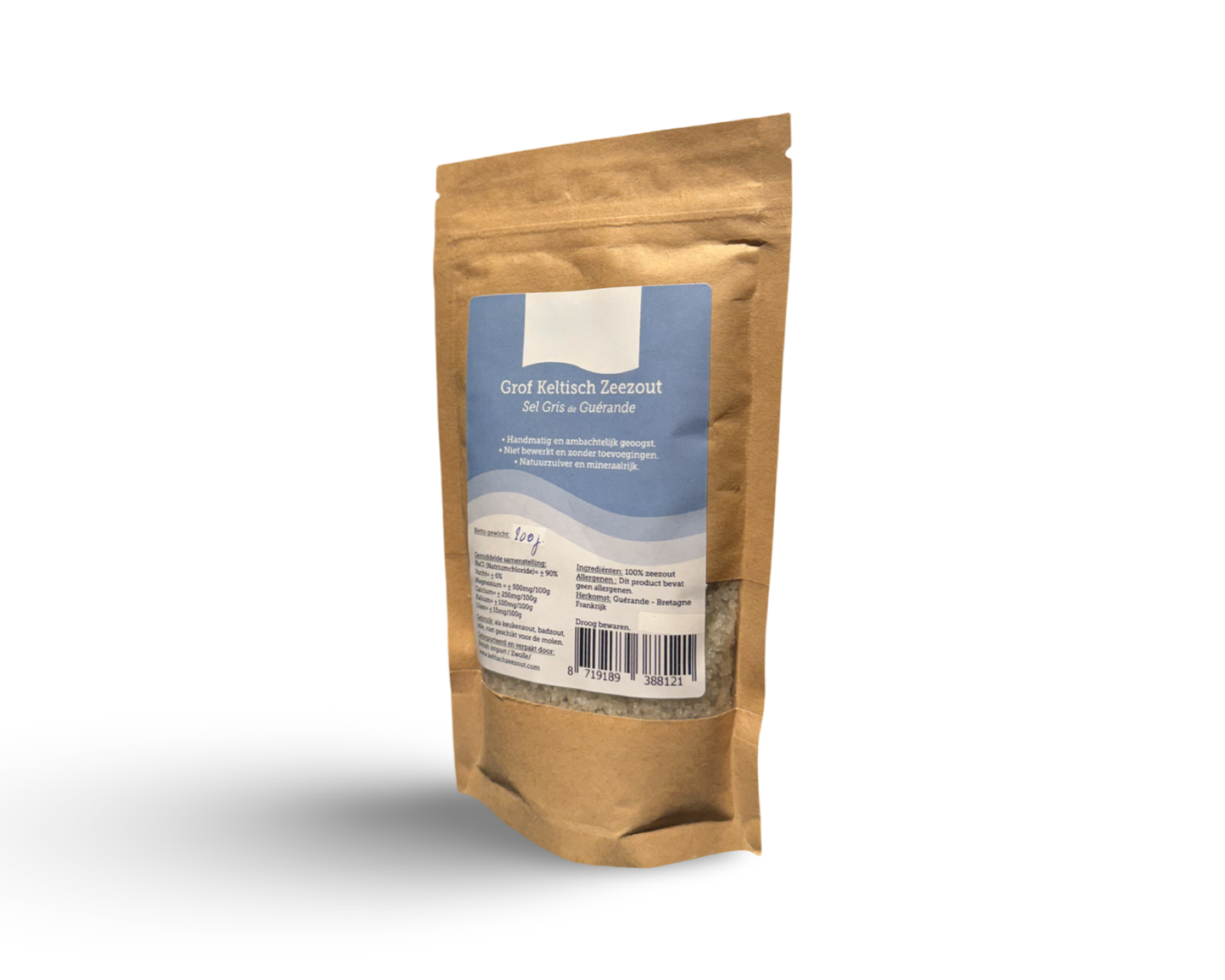When it comes to the world of gourmet salts, one common question that emerges is, "Are Celtic salt and sea salt the same?" This query not only reflects a growing interest in culinary nuances but also highlights the importance of understanding what sets different types of salt apart. In this blog post, we'll explore the similarities and differences between Celtic salt and sea salt, shedding light on this frequently asked question.
What is Celtic Salt?
Celtic salt, specifically known as Celtic Sea Salt, originates from the coastal areas of France, primarily Brittany. It's harvested using traditional methods that date back centuries. The salt is collected by hand and dried by the sun and wind, giving it a characteristic grey hue due to the clay-lined salt ponds where it's gathered. Celtic salt is known for its moist texture and a rich mineral content that includes magnesium, potassium, calcium, and numerous trace elements.
What is Sea Salt?
Sea salt, in general, is produced through the evaporation of seawater. It's a broader category that includes various types of salts derived from different parts of the world. The method of production and the source of the seawater significantly impact the taste, texture, and mineral composition of sea salt. Unlike table salt, sea salt undergoes minimal processing, which allows it to retain more of the natural trace minerals found in seawater.
Key Differences Between Celtic Salt and Sea Salt
-
Source and Production: While all Celtic salt is sea salt, not all sea salts are Celtic salt. Celtic salt specifically comes from the Brittany region and is harvested using age-old techniques, whereas sea salt can come from various coastal regions worldwide.
-
Mineral Content and Health Benefits: Celtic salt is renowned for its high mineral content, including both macro and trace minerals. These minerals contribute to its various health benefits, such as supporting electrolyte balance and hydration. Other sea salts also contain minerals, but the levels and types can vary depending on the source.
-
Texture and Flavor: Celtic salt typically has a more moist texture compared to some other sea salts. This characteristic affects both its culinary uses and its flavor profile. The minerals in Celtic salt give it a distinct taste, which is often considered superior by gourmet chefs and culinary enthusiasts.
-
Color and Appearance: The unique grey color of Celtic salt, attributed to the clay ponds used in its production, sets it apart from many other sea salts that can range in color from white to pink to black.
Conclusion
To answer the question, "Are Celtic salt and sea salt the same?" - they are related but not identical. While Celtic salt falls under the umbrella of sea salt, it distinguishes itself with its unique production methods, mineral content, and culinary attributes. Both Celtic salt and other sea salts offer benefits over regular table salt, making them a healthier and more flavorful choice for cooking and seasoning.
Explore our range of Celtic Sea Salt products and make the switch to a healthier, more flavorful salt today.
